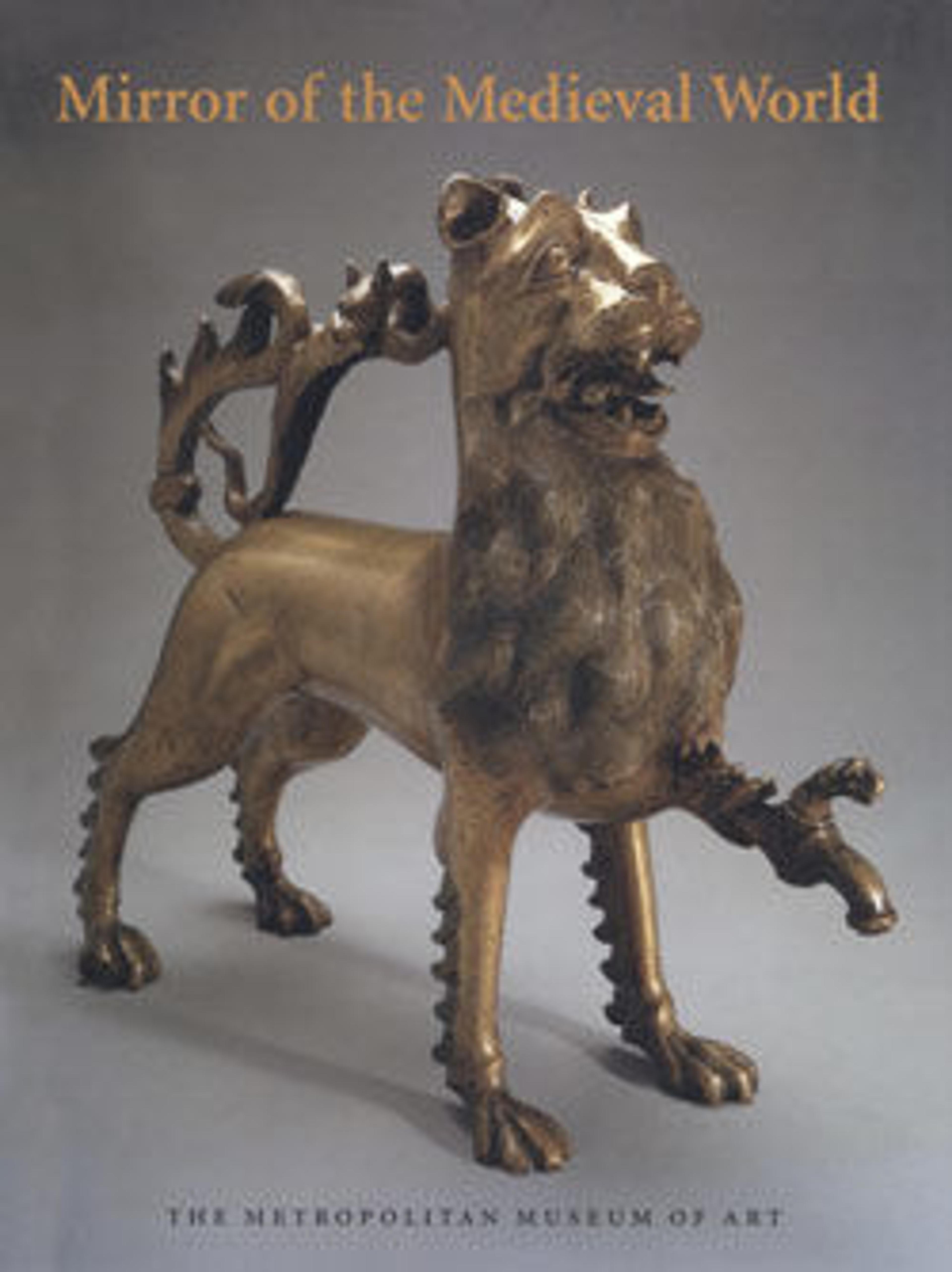Belt Clasp
This bronze and silver buckle is unusual in that both its top and bottom plaque are preserved, along with remains of the iron rivets used to attach it to a leather belt. Small figurines show warriors wearing similar clasps, suggesting this was designed for use by a soldier. It is typical of a type of buckle produced in the central plain region of the Iberian Peninsula, where silver is found in the Sierra Morena mountains. In design it is closely related to engraved examples of artwork in Andalusia in the southwest of Spain, a province that strongly influenced the artistic development of the rest of Iberia. Opposing spirals were a popular motif in Celtic art and were often combined with concentric circles on buckles such as this one. The design was created by carving out a pattern on a bronze panel, and then hammering a thin sheet of silver into the indentations.
Artwork Details
- Title:Belt Clasp
- Date:2nd century BCE
- Geography:Made in the Iberian peninsula (Spain)
- Culture:Celtic
- Medium:Leaded bronze, inlaid silver, iron rivets
- Dimensions:Overall (together): 2 9/16 x 5 1/8 x 1/4 in. (6.5 x 13 x 0.6 cm)
Overall (a): 2 9/16 x 2 13/16 x 1/4 in. (6.5 x 7.1 x 0.6 cm)
Overall (b): 2 9/16 x 3 3/8 x 1/4 in. (6.5 x 8.5 x 0.6 cm) - Classification:Metalwork-Bronze
- Credit Line:Rogers Fund, 1990
- Object Number:1990.62a, b
- Curatorial Department: Medieval Art and The Cloisters
More Artwork
Research Resources
The Met provides unparalleled resources for research and welcomes an international community of students and scholars. The Met's Open Access API is where creators and researchers can connect to the The Met collection. Open Access data and public domain images are available for unrestricted commercial and noncommercial use without permission or fee.
To request images under copyright and other restrictions, please use this Image Request form.
Feedback
We continue to research and examine historical and cultural context for objects in The Met collection. If you have comments or questions about this object record, please contact us using the form below. The Museum looks forward to receiving your comments.
